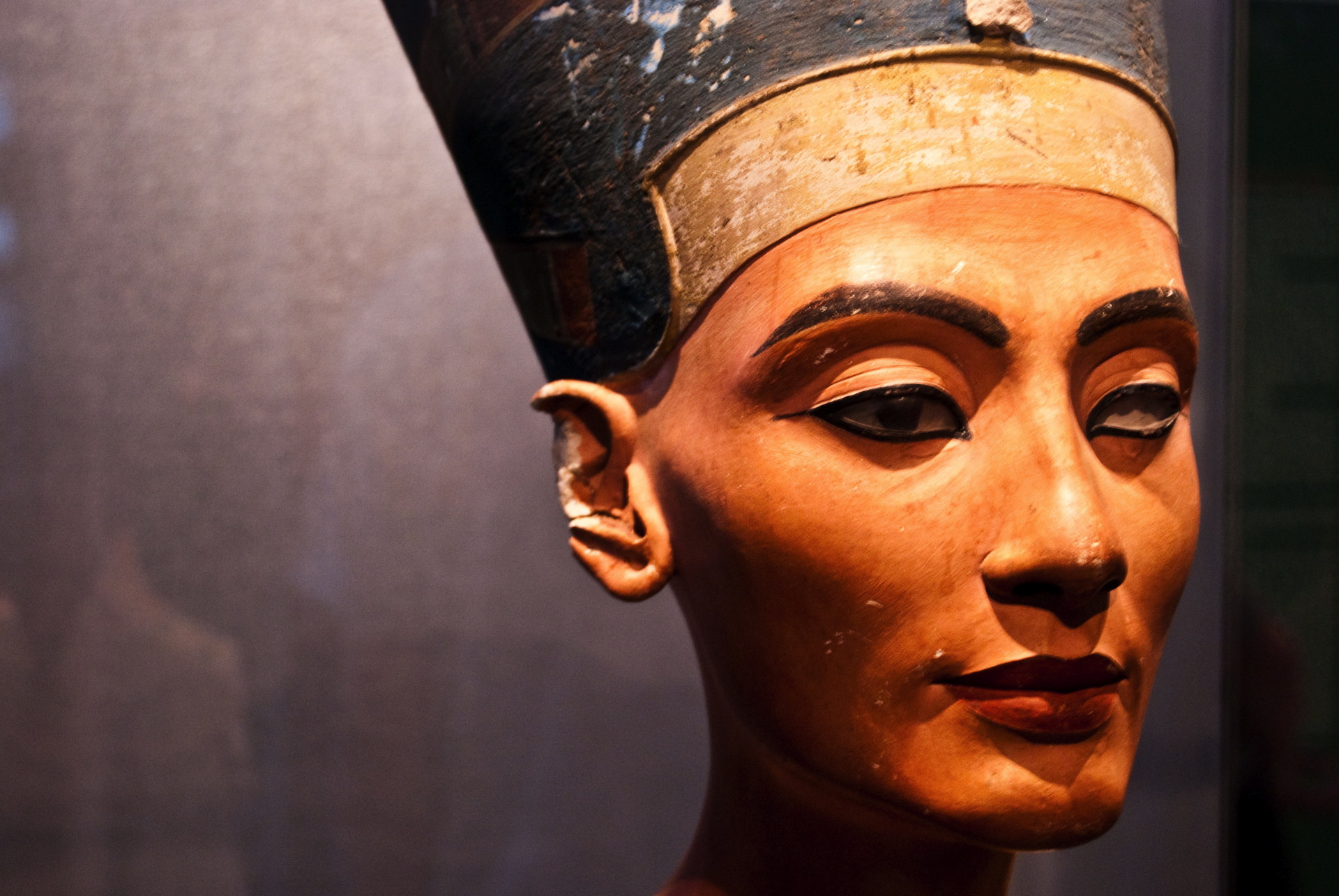Queen Nefertiti: academic busts myth
Manchester Egyptologist says famous statue created false impression she was all-powerful
She was beautiful, famous and immortalised in a prized statue – but Queen Nefertiti was not the all-powerful ruler of Ancient Egypt we believe her to be, according to a Manchester University academic.
The Egyptian queen was wife to the pharaoh Akhenaten, who ruled Egypt in the 14th century BC, when the country moved to worshipping only one god and was enjoying great wealth.
But Joyce Tyldesley argues that she did not go on to rule Egypt following her husband’s death, as many believe. Tyldesley says that Nefertiti’s supposed omnipotence is a modern misunderstanding, brought about because of the famous statue, which was admired by Hitler and the subject of wrangling between Egypt and Germany over who should own it.
Her new book, Nefertiti’s Face: The Creation of an Icon, tells the story of the statue, discovered by German excavator Ludwig Borchardt and his team in 1912. She says its discovery led Egyptologists around the world to build up a false depiction of a queen who Tyldesley now believes was no more powerful than other royals from that era.
“The more I looked at the evidence, the more I realised she’s not actually astonishingly powerful,” said Tyldesley. “We think that someone so beautiful, who has such a beautiful statue must have been really important and we’ve fallen in love with this idea.”
Tyldesley has previously written books on Nefertiti but began reconsidering the queen’s importance around five years ago when she was asked to give a talk on her. Working at Manchester Museum at the time, Tyldesley often saw the replica of Nefertiti’s bust.
“I thought about how so many museums have copies of this bust and how strange it was that these fakes got so much more attention than the real artefacts on display. I started questioning – is she really so important?”
Egypt and Germany have long disputed who should have the bust. In 1933, it was going to be returned to Egypt but Hitler halted these plans, as he was so fond of the piece. Egypt still calls for its return.
“At the moment, I don’t think it will ever return to Egypt. The Germans regard her as a German queen,” said Tyldesley.
She disputed claims that the bust on display in Berlin is not the original, due to its exceptional condition. The statue is still colourful and, apart from an absent left eye, has not lost any features.
“It would have been a lot of work to copy because it’s a stone head inside a plaster head – it’s not cheaply made,” she said. “There’s no reason to believe it’s a fake.”
In contrast to her work about Nefertiti published in the 1990s, Tyldesley was able to use internet sources to aid her research for the new book. She also learned a great deal by looking at modern representations of Nefertiti, in addition to ancient texts.
“I look to Nefertiti-inspired art and people who have tattoos of her to find out what she truly means to us today,” she said.
As the famous bust is on display in Germany, Tyldesley did not venture to Egypt much for research for this book. The last time she visited was two years ago.
“They have problems but I’ve always found the people to be so generous. It’s a shame because it’s such a lovely country,” she said in reference to Egypt’s current situation under the hardline President Sisi.
Tyldesley now wants to uncover more about the women of Egypt, who had more rights and freedoms than women in ancient Greece and Rome. Egyptology, she said “gives a lot of people a lot of pleasure. it’s like diving into another world.”
Nefertiti’s Face: the Creation of an Icon, is published by Profile Books

Leave a reply
Your email address will not be published.